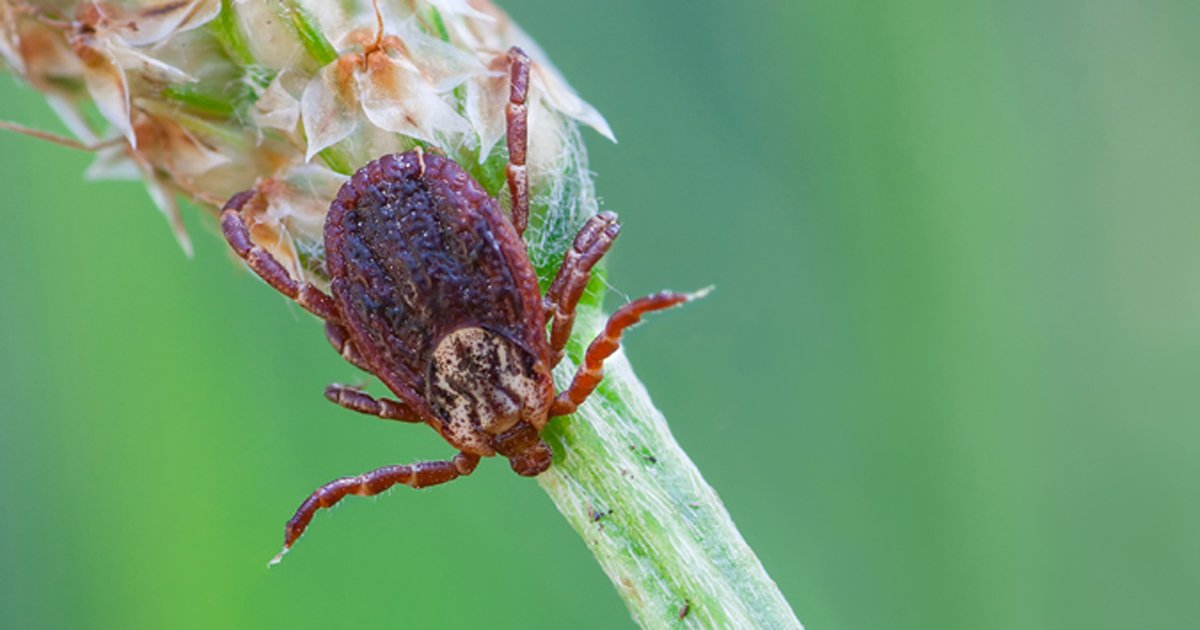Increase in Colorado tick fever cases suggest virus is enzootic in Oregon

ATLANTA — There was an increase in Colorado tick fever cases in Central Oregon in 2018 with no identifiable common locations of tick exposures, suggesting the virus is enzootic in the region, researchers said.
Colorado tick fever (CTF) is caused by the bite of infected Rocky Mountain wood ticks (Dermacentor andersoni). Over the past decade, Oregon reported one or fewer cases of CTF each year. However, according to findings presented at the CDC’s Epidemic Intelligence Service (EIS) conference, early in the summer of 2018, testing confirmed that four central Oregon residents reporting to the same health care system had the infection, and an investigation turned up additional suspected cases.
Cases of tickborne disease reached an all-time high in 2017 in the United States, with nearly 60,000 infections reported by state and local health departments, according to the CDC. However, the illnesses are commonly underreported, and the CDC said the actual number of infections is much higher.
“Infectious disease clinicians need to be aware of the clinical presentation and diagnostic testing available for tickborne diseases, particularly those present in their region. In the case of Colorado tick fever, the biphasic illness pattern, leukopenia, typical absence of rash and location of exposure can help to distinguish it from other tickborne diseases,” Emily S. McDonald, MD, MPH, an EIS officer in the CDC’s National Center for Emerging and Zoonotic Infectious Diseases, told Infectious Disease News.

McDonald and colleagues used EHR data to identify patients who presented with fever and leukopenia, but no alternative explanation, between April 15 and July 31, 2018. The patients were interviewed and offered CTF virus infection testing.
Among the patients with confirmed infection, the median age was 74.5 years, three out of four were male, three were hospitalized, and all four said they spent 5 hours or more outdoors. They all presented with fever, leukopenia and thrombocytopenia, and all reported a tick bite before symptom onset, according to the study. Moreover, although all patients reported wearing long sleeves and pants, none reported using insect repellent, McDonald and colleagues said.
The researchers identified three additional suspected cases, and one patient submitted a serum sample resulting in a positive culture for CTF neutralizing antibodies.
McDonald and colleagues said the increase in CTF cases could be a result of increased tick activity or increased provider awareness and testing. They urged health departments to reinforce tick prevention measures, such as the use of insect repellents registered with the Environmental Protection Agency and targeted messaging to those at high risk for tick exposure.
“We know that tickborne diseases have been on the rise in the United States over the past decade; however, it’s not clear yet whether the increase in Colorado tick fever cases identified in Oregon in 2018 represents a developing trend,” McDonald said. “We need more years of data before we can determine if 2018 was an anomalous year or the beginning of a consistent increase in cases. As we go into the current tick season, it’s important for healthcare providers to be aware of tickborne diseases present in their area and educate patients on tick prevention measures.” – by Marley Ghizzone
Reference:
McDonald ES, et al. Colorado tick fever virus disease cases — Oregon, 2018. Presented at: Epidemic Intelligence Service conference; April 29-May 2, 2019; Atlanta.
Disclosures: The authors report no relevant financial disclosures.

